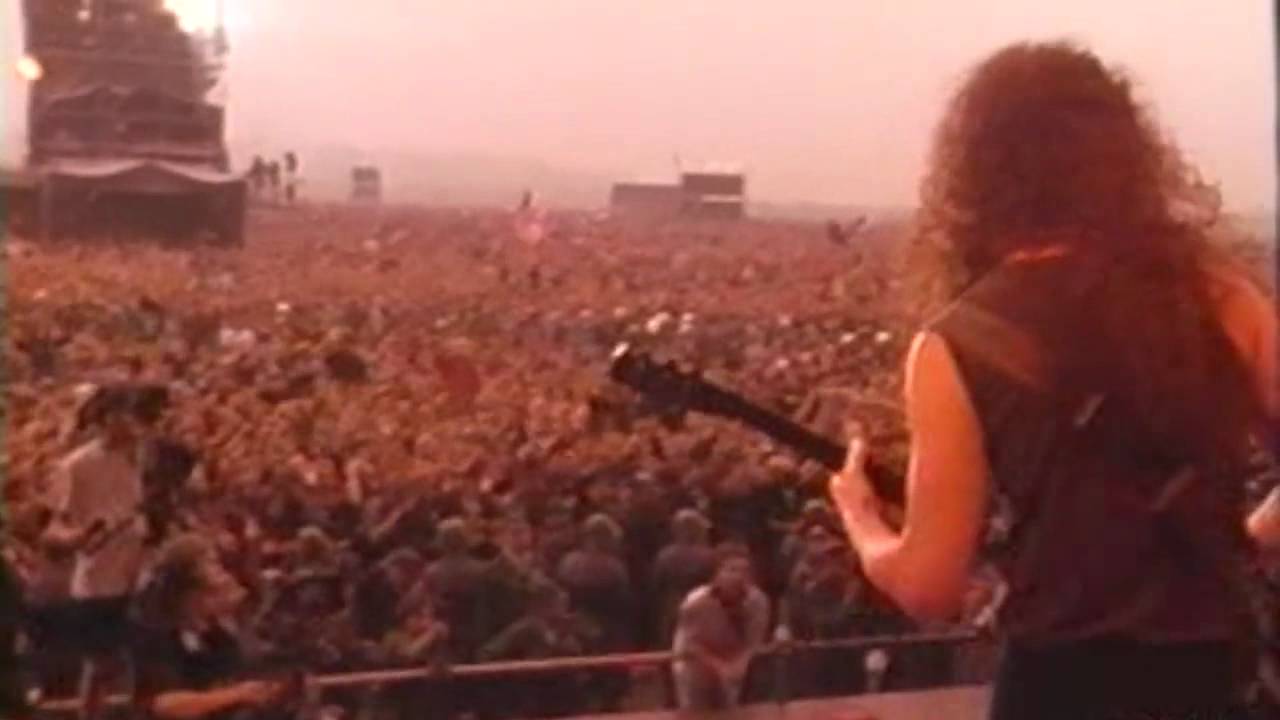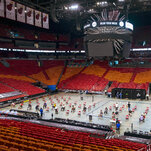The Popularity of LEGO in 2025: Growth, Trends, and Cultural Reach
In 2025, LEGO has continued its impressive rise as one of the most beloved and innovative toy brands in the world. Despite an overall decline in the global toy market, LEGO stands out with strong revenue growth, a surge in new product launches, and increasing popularity among both kids and adults. The iconic brick-based toy has evolved far beyond its traditional form—it’s now a tool for learning, storytelling, relaxation, and even display-worthy home décor.
Let’s explore why LEGO is still so popular in 2025, what trends are shaping its future, and how to choose the best LEGO set for yourself or your loved ones.
LEGO’s Unstoppable Growth
In the past year, LEGO recorded double-digit growth in revenue and consumer sales. While many toy companies struggled to maintain numbers, LEGO gained market share across almost every region. This growth was supported by:
- A wide variety of new set launches (over 800 in the past year)
- Strong performance in major markets like the U.S. and Europe
- Expanding customer base including both kids and adult fans
- New store openings and immersive retail experiences
The company has also invested heavily in manufacturing capacity, opening new factories in Asia and expanding existing operations in Europe and the Americas. These strategic moves ensure that demand can be met while staying close to consumers.
What Makes LEGO So Popular in 2025?
1. Innovative Product Range
From classic City and Technic lines to modern collaborations like LEGO Botanicals and Fortnite, the company continues to innovate while staying true to its core concept—creative building. This year, there are LEGO sets for nearly every interest, whether it’s architecture, fantasy, cars, pop culture, or nature.
2. Appeal to Adults (“Kidults”)
LEGO is no longer just for children. Adults now account for a significant share of LEGO buyers, particularly those interested in complex sets, nostalgic themes, or using building as a relaxing, mindful activity. Themed collections like LEGO Icons and LEGO Art are specifically designed with adult fans in mind.
3. Education and Creativity
LEGO’s long-standing commitment to education continues with sets that promote STEM learning, coding, and problem-solving. Kits like LEGO Education SPIKE and Mindstorms are being used in schools and at home to teach kids real-world skills in a fun, hands-on way.
4. Strong Media and Pop Culture Presence
LEGO is now a brand that spans toys, movies, games, books, and TV shows. Series like LEGO Masters continue to boost its cultural reach, while new tie-ins with franchises like Harry Potter, Star Wars, and even Animal Crossing keep fans engaged.
5. Retail Experience and Brand Loyalty
LEGO has transformed its physical stores into interactive spaces where visitors can personalize products, watch live building events, and attend workshops. These immersive experiences are helping the brand foster deeper connections with fans of all ages.
How to Choose the Right LEGO Set
With hundreds of sets available in 2025, choosing the right one can feel overwhelming. Here are some expert tips to help guide your decision—whether you’re buying for yourself, a child, or a collector.
1. Consider the Age Range
LEGO sets are clearly marked with recommended age ranges. For younger children (ages 4–7), look for simpler sets with larger pieces, such as LEGO DUPLO or LEGO Juniors. For teens and adults, advanced sets like LEGO Technic or Creator Expert offer more complex challenges.
2. Match Interests to Themes
LEGO’s themes are incredibly diverse. Pick something based on the recipient’s interests:
- Fans of cars and engineering will love LEGO Technic or Speed Champions
- Pop culture lovers may enjoy Star Wars, Marvel, or Harry Potter sets
- Nature enthusiasts might enjoy the Botanical Collection or LEGO Friends
- Creative thinkers and artists will be drawn to LEGO Art and Dots
3. Set Difficulty and Piece Count
The number of pieces usually indicates the complexity. Smaller sets (100–300 pieces) are good for beginners or casual play. Sets with 1000+ pieces are perfect for dedicated builders or long-term projects.
4. Building Purpose: Play vs. Display
Some LEGO sets are great for imaginative play, while others are designed for display. For younger kids, opt for interactive playsets like LEGO City or Ninjago. For adults or collectors, sets like LEGO Architecture or LEGO Icons (such as Rivendell or Eiffel Tower) make impressive display pieces.
5. Check Compatibility and Storage
All LEGO bricks are compatible, but newer sets may come with unique parts. Think about whether the set will be built and stored, or used as part of a larger collection. Consider organizing tools or display shelves if the recipient is a frequent builder.
6. Budget Wisely
LEGO sets come in a wide range of prices—from under $20 to over $400 for premium collector editions. Small sets can still be highly enjoyable, while larger sets are ideal as gifts or long-term projects.
Final Thoughts
In 2025, LEGO’s popularity continues to grow thanks to smart innovation, cross-generational appeal, and a commitment to creativity. With sets for all ages and interests, LEGO remains more than just a toy—it’s a tool for learning, relaxation, and storytelling.
Whether you’re shopping for a child, teen, or adult, take time to consider the recipient’s passions and experience level. With thoughtful selection, a LEGO set can offer hours of focused joy, meaningful engagement, and lasting value.








